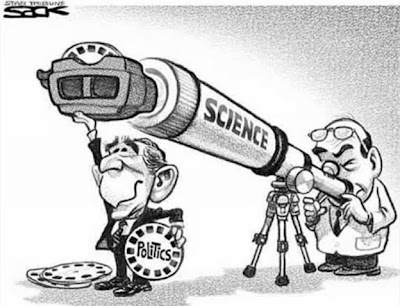
Should politics and research mix? Should the power of a research study be deliberately equal between the researcher and participants? Should the participants have a say in what they would like to see happen? Should the research participants be actively engaged in the research process? Many researchers say no because they feel there may be hidden agendas in this type of research. Many believe the researcher may become biased, or may have stake in the topic being researched, however Participatory Action Research does exist, and does engage in the above mentioned research methods.
Participatory Action Research (PAR) is not one of the typical research methods. In fact it is far from being the ideal method for research and many researchers cringe at the thought of using PAR. PAR is different from other research methods because it involves persons that are directly affected by the problem in the research being conducted through finding facts, taking action, and using reflection that ultimately leads to a need for further inquiry and action to change (Minkler, 2000).

Despite the negatives associated with PAR, it has been successful in many cases. One particular case took place in the 1990s in an urban neighborhood in California (West Contra Costa County) that was a host of multiple problems (unemployment, HIV/AIDS, violence, toxic waste, etc.), the Healthy Neighborhoods Project (HNP) was formed (Minkler, 2000). This projected forged together local residents, community-based organizations, the local health department, and other partners in order to capitalize and build on assets of other specific programs that have developed long-term mechanisms for community development (Minkler, 2000). The HNP program produced rather impressive results in the way of reducing safety risks, improved access to education, reduced toxic waste, reduced community tensions and planned long-term violence prevention, residents have a voice with city and regional decision making, and residents have remained active in evaluations of the project (Minkler, 2000).
Given the successes that PAR can have, I think PAR can be useful and resourceful for social change and can aid in helping to develop and create community strength. I do understand the concerns of other researchers, but if the PAR researchers remain true to the cause to help their communities, I believe PARs can and will continue to have a strong impact in helping build and strengthen the communities they are working hand-in-hand with.

References
Minkler, M. (2000). Using Participatory Action Research to Build Healthy Communities. Public Health Reports.

Lojie Martin – I too initially struggled to answer the question on whether or not politics and research should mix. Too often politics has a not so good hidden agenda – in my opinion, but after reading about programs that can and do work under PAR, my views have shifted and I feel that they can – if and only if – the agenda behind the effort is truly to help people become better than I am all for it!
I really enjoyed reading your post. You ask a great question, should politics and research mix. At first thought, I would answer “No” but after reading Mary Brydon-Miller’s article arguing why PAR is important, I have to agree with her point of view. If used correctly, I feel that PAR introduces an insider view on the issues at hand. Empirical data is important for it’s lack of bias, however as Brydon-Miller argues, there are certain aspect of humanity that are not obtained through empirical data alone. I feel that by combining empirical data along with qualitative data, researchers have a more accurate perspective of the issue at hand. I equate it to the biomedical model that physicians use. Although their treatments are rooted in empirical research, they can not successfully apply them without feedback from the patient. A patient needs to describe their symptoms in order to receive a diagnosis. To me, PAR is similar to diagnosing a patient’s ailments.
References
Brydon-Miller, M. (2010). Participatory Action Research: Psychology and Social Change. Journal of Social Issues, 53(4), 657-666. Retrieved December 1, 2014, from http://onlinelibrary.wiley.com.ezaccess.libraries.psu.edu/doi/10.1111/j.1540-4560.1997.tb02454.x/pd
Great post! I actually love this topic! I’ve commented on it before but I like your example and how you stated, as a research method it can create a bias stance towards what would be considered “fact finding”.
I agree, if people were to remain true so to speak to the research and eliminate opinion PAR could be vital in assessing damages incurred, stress levels, used to create honest assessments, etc. The research PAR allows could be more insightful because it isn’t random or controlled. Its perceived weaknesses are actually its strengths.
People that are affected by an incident should be used in some cases over the selection process preventative measures choose to engage in to educate possible candidates. The level of control and manipulation is minimized I would imagine because the research from the participant is the driving force. That coupled with different or conflicting perspectives can serve to test theories, evaluate intervention designs, and implement/refine programs altogether.
I wouldn’t disregard PAR as bias and completely useless because of the personal factor it captures. I believe what Participatory Action Research allows is a real assessment, made by those affected. Because they can serve to speak as an authority on certain matters, using whatever self-interest or self-motivating factors to their advantage can provide credibility and accountability. And again, their research can always be tested along side the conventional methods of manipulation to produce favorable outcomes and research to show a comparison.
Call me bias but I prefer controlling or being in control, and knowing, rather than being controlled and not knowing.